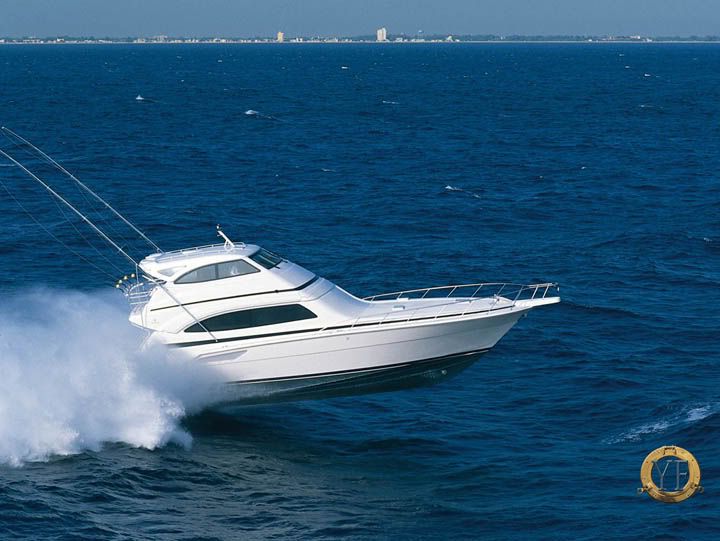mhtimber
New Member
- Dec 5, 2009
- 117
- Boat Info
- 320 Sundancer 2006, Raymarine C80 2KW radome
- Engines
- Horizon 350 Mag Bravo III
Hi folks,
I just heard back from Sea Ray regarding the construction of my boat and thought I would share it with the forum for those that may be interested.
My 2006 320 has a solid fiberglass hull, made with Vinylester resin. This is a higher quality resin than polyester and provides better flexibility and bonding, which also reduces the possibility of osmotic blistering.
As expected, there is coring in the deck to provide rigidity and strength. The coring material is polymer-coated balsa wood, which I am also pleased with as I believe the tubular cell structure of wood provides superior resin absorbtion than other synthetic materials which often have spherical cell structure.
The deck and cockpit liner are bonded to the bull with a bonding compound and the hull / deck joint are fastened with stainless steel fasteners and sealed with marine sealant.
I am very happy knowing that my hull is solid fiberglass right up to the deck.
My opinion of Sea Ray has improved throughout my discovery process and I feel like I understand the trade-offs they made in designing the boat.
Cheers
Jeff
I just heard back from Sea Ray regarding the construction of my boat and thought I would share it with the forum for those that may be interested.
My 2006 320 has a solid fiberglass hull, made with Vinylester resin. This is a higher quality resin than polyester and provides better flexibility and bonding, which also reduces the possibility of osmotic blistering.
As expected, there is coring in the deck to provide rigidity and strength. The coring material is polymer-coated balsa wood, which I am also pleased with as I believe the tubular cell structure of wood provides superior resin absorbtion than other synthetic materials which often have spherical cell structure.
The deck and cockpit liner are bonded to the bull with a bonding compound and the hull / deck joint are fastened with stainless steel fasteners and sealed with marine sealant.
I am very happy knowing that my hull is solid fiberglass right up to the deck.
My opinion of Sea Ray has improved throughout my discovery process and I feel like I understand the trade-offs they made in designing the boat.
Cheers
Jeff




